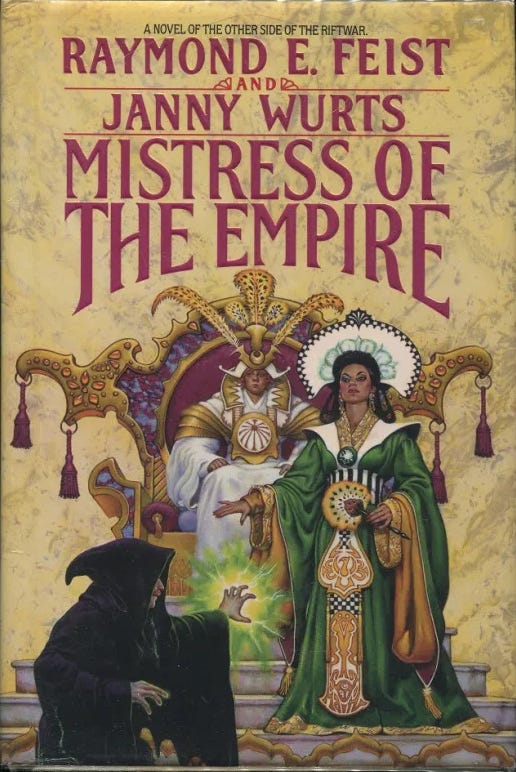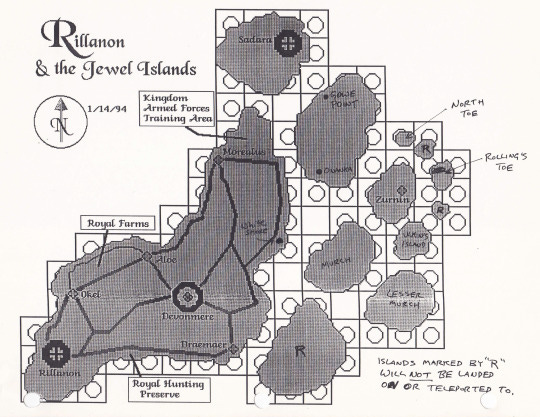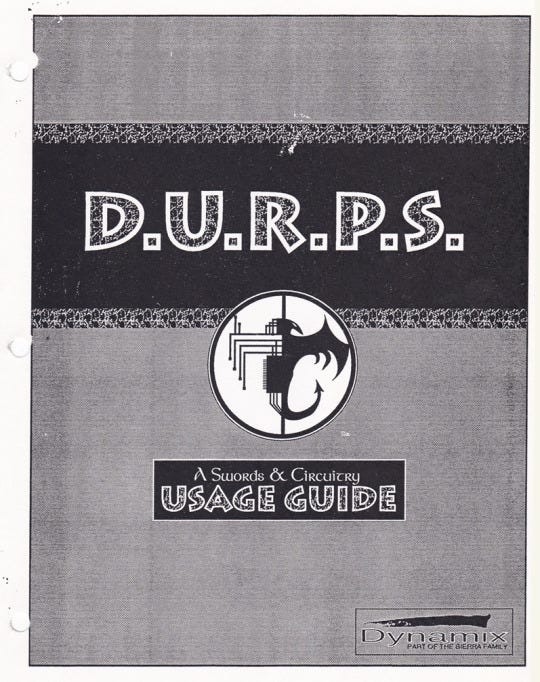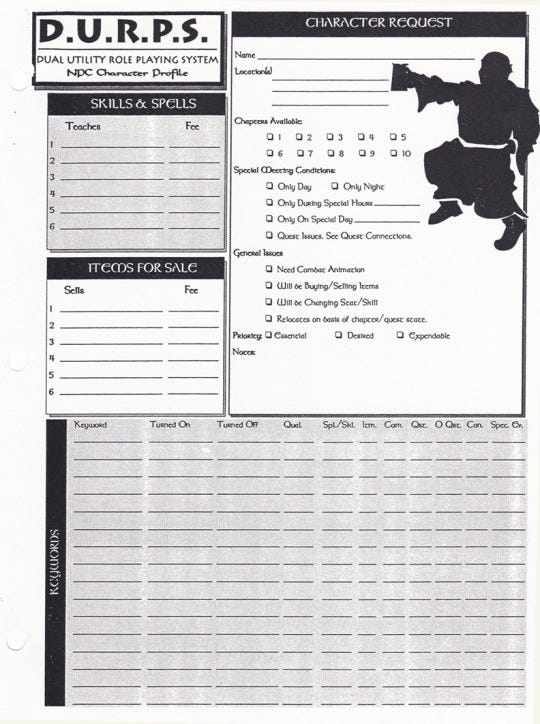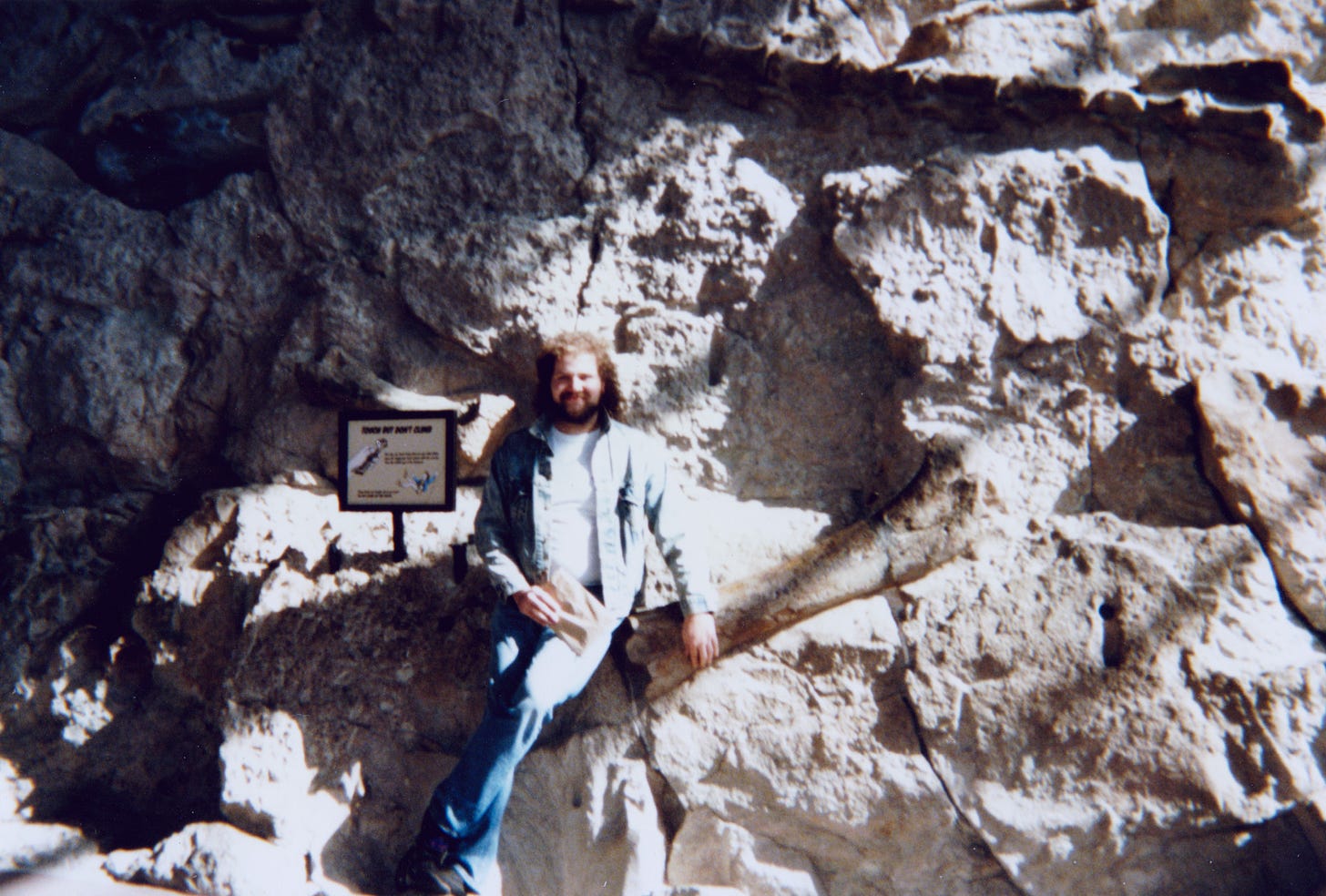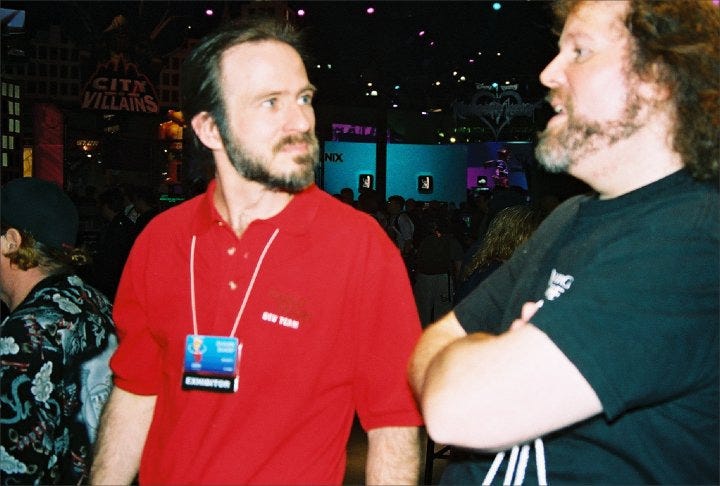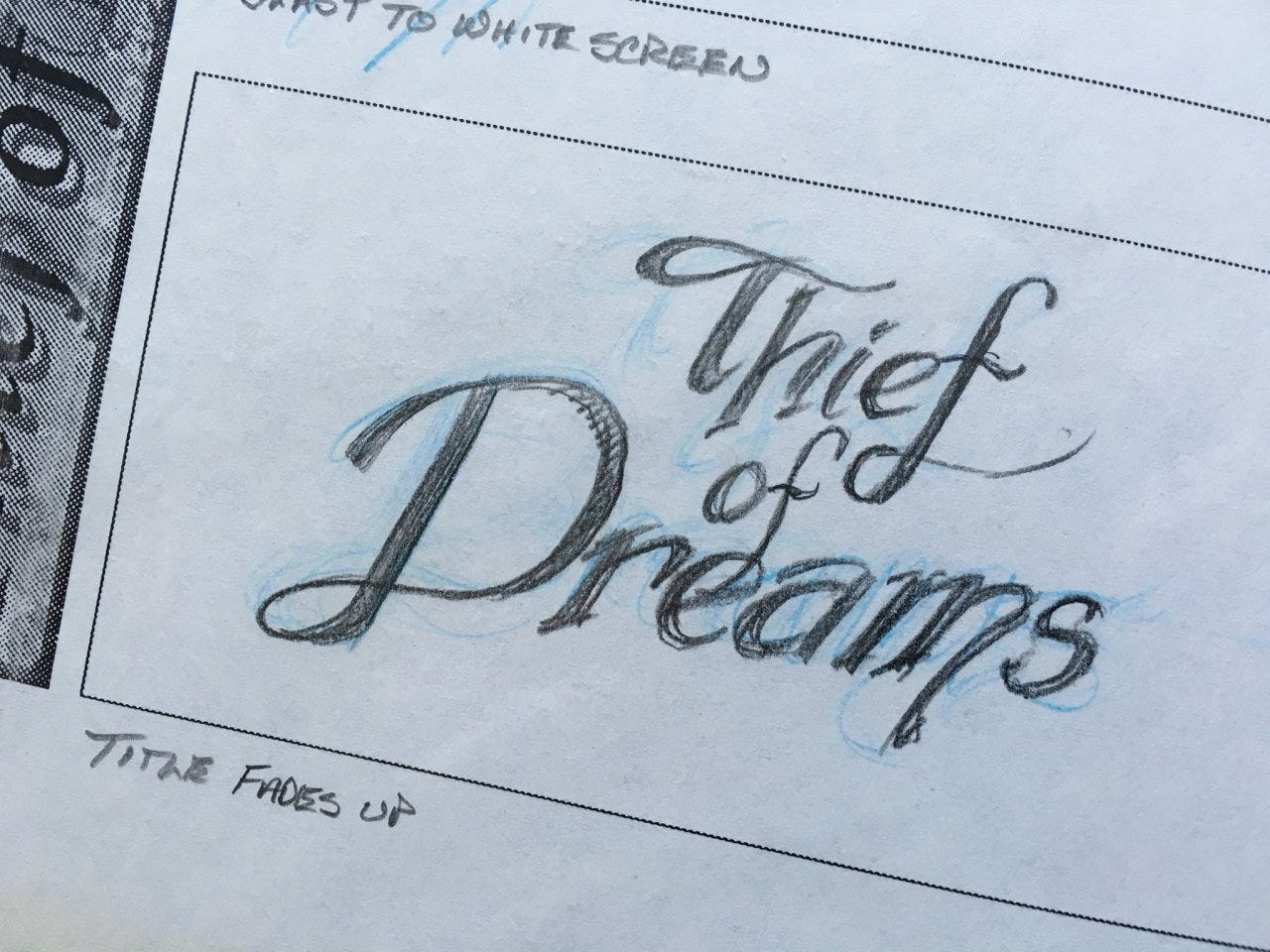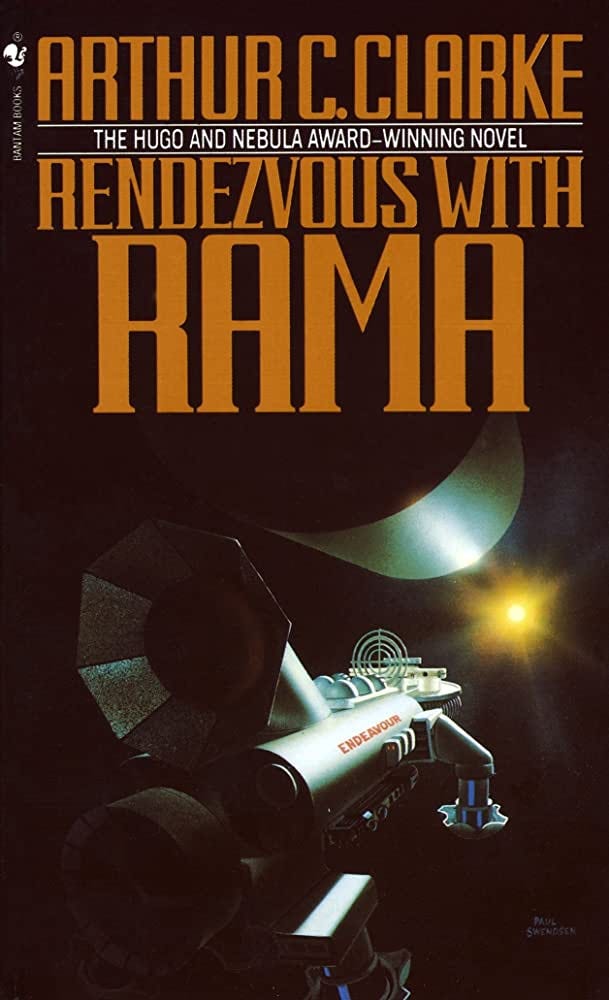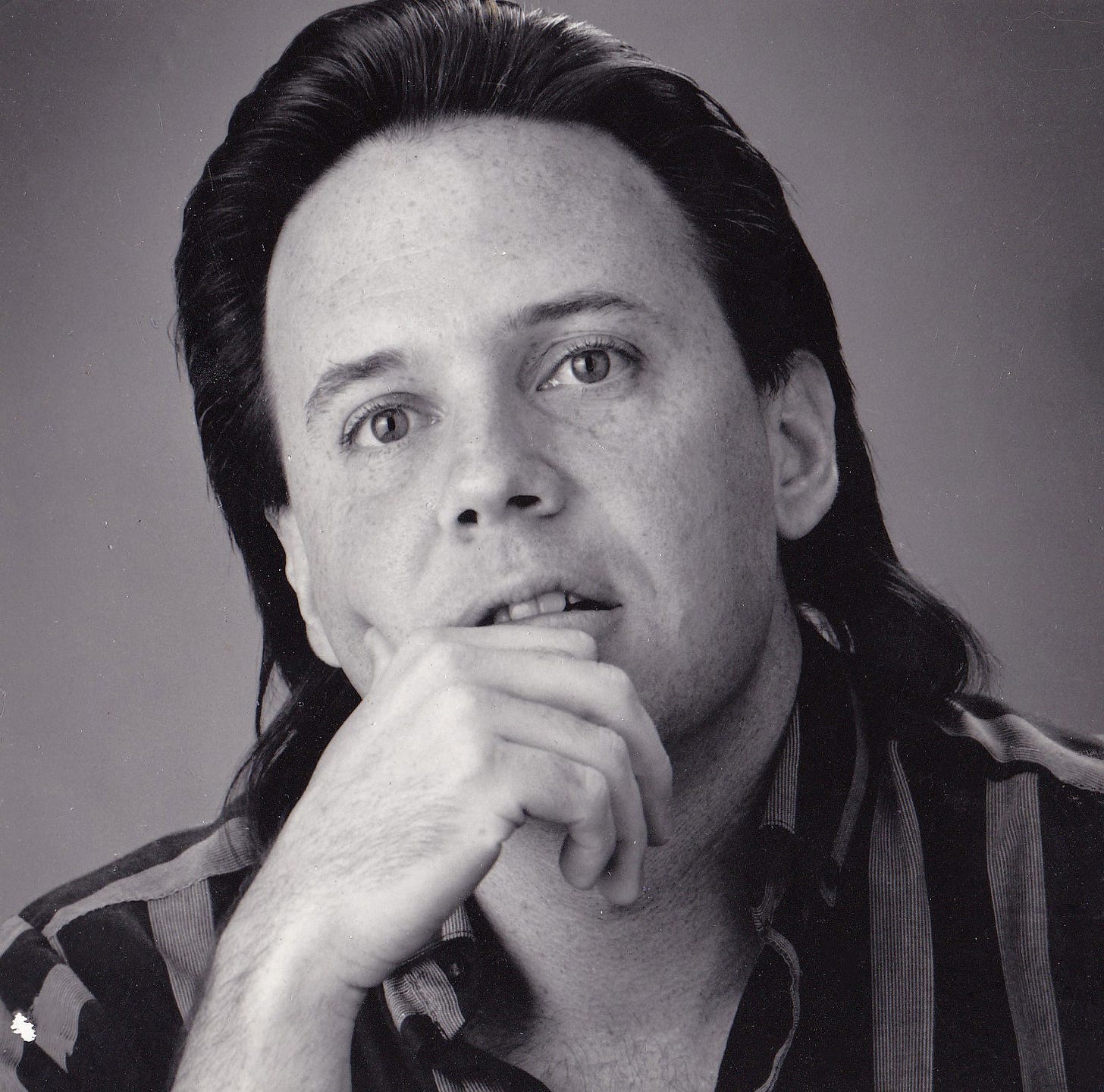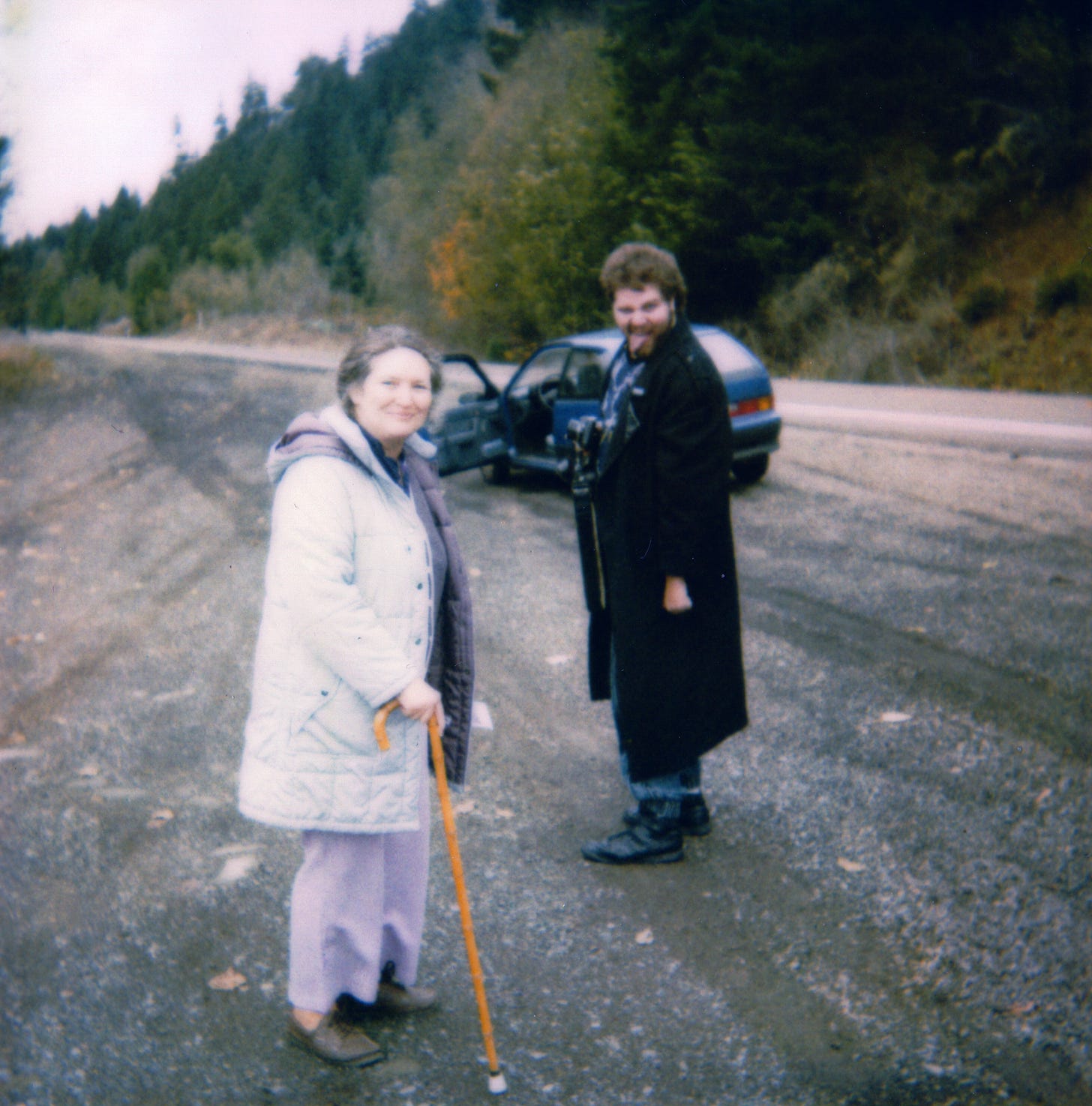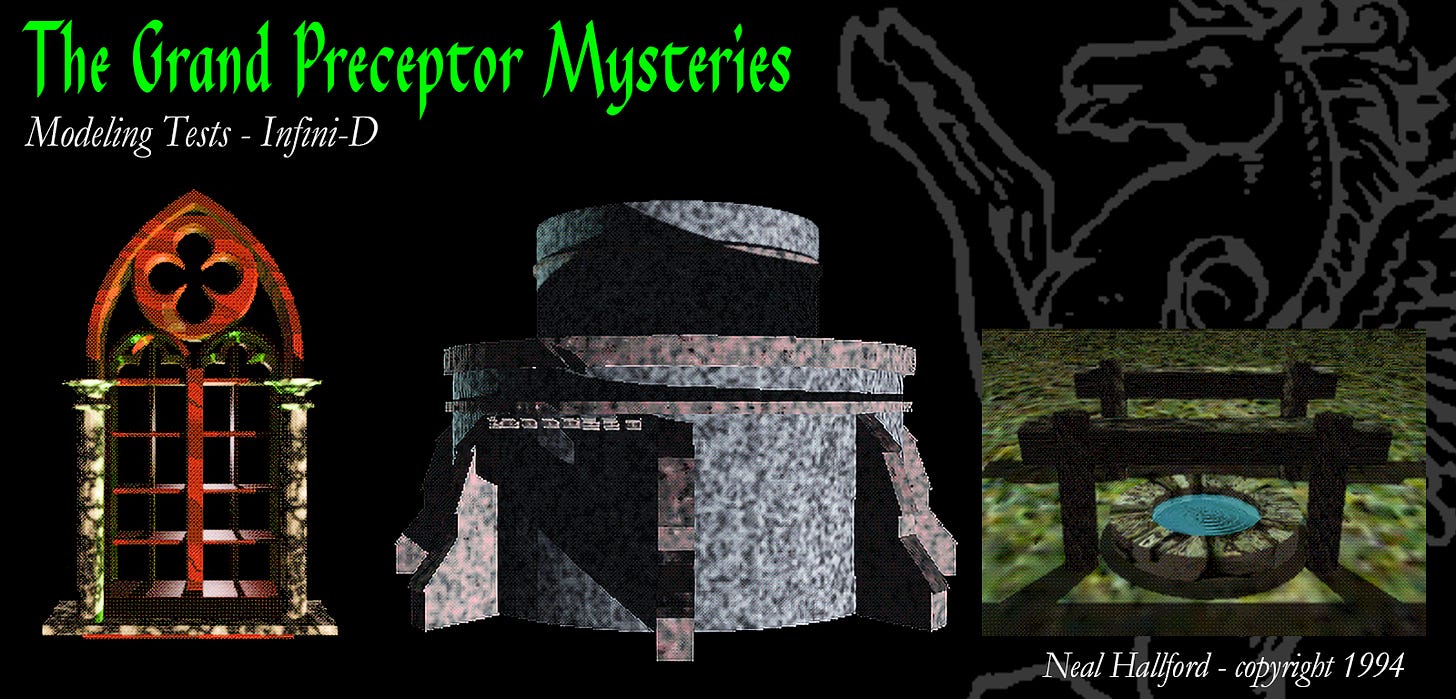- Joined
- Jan 28, 2011
- Messages
- 97,508















Over six years later, finally public: https://www.nealhallford.com/p/krondor-confidential-part-xii
Krondor Confidential - Part XII
A Second Act In the "Owynverse"
“Of course, it is possible I could take you on as a student of magic, your living expenses paid in full by Prince Arutha. Are you interested in becoming a true magician, Owyn?”
Laughing for the first time in a great while, Owyn twirled his staff in his hands. “I’ve never wanted anything else…”
— Betrayal at Krondor
Betrayal at Krondor was supposed to be an “origin story.” From the first outline to the final line above, I’d intended for Betrayal to be the first chapter in a trilogy of games focused on the rise and career of Owyn Beleforte. There was no shortage of interesting characters in the Riftwar novels of course, but all the good ones worth lifting had fixed destinies. If we were to have any hope at all of a semi-independent sustainable franchise, we needed to build our own pool of “regulars” in Midkemia that had no connections to Ray’s existing books – thus the reason why I introduced so many new secondary characters like Cullich, and Nivek, and the Crawler, and Abbot Graves, and Kat, and Lysle Rigger. In effect, BAK represented my first stab at a planned “Owynverse.”
In any other game, I likely would have charted Owyn’s rise to the station of a master magician and been done with it, but Midkemia already had an embarrassment of riches in that department. Anywhere you swung a dead cat you’d hit Pug, or Macros, or Nakor, or Kulgan, or Patrus, or the Six, or some other bloke in sorcerer robes either causing problems or saving the day, and piling Owyn on as the fourth or fifth best wizard in the country would have made for a fairly unfulfilling character arc. Even before I sent him toddling off to Stardock at the end of BAK, I’d known that his first best destiny was not to stay there, but that it would be an important stop on a very different road for him. Earlier in the same conversation quoted above, Pug tips a fairly important hint about things thing to come:
“You will note that the Prince said nothing about your silence,” Pug said. “You know the secret of Sethanon. In all of Midkemia, only Prince Arutha, King Lyam, Duke Martin, Tomas of Elvandar and myself truly know what lies beneath our feet.” As if to reinforce the point, Pug tapped his staff at Owyn’s feet.
“What are you saying?”
Smiling, Pug began to lead him down the winding path towards the city’s smashed southern gate. “What that means is the Prince expects me to guarantee your silence. That will be difficult to do. With you in Tiburn and me at my Academy of Magicians at Stardock, it will require that I make a number of long and tiresome journeys for the sole purpose of ensuring you keep your silence.
At the end of the game, Owyn essentially knows the launch codes. The only other people aware of the existence of the Lifestone are all leaders of important factions in the Kingdom, and each of them is incredibly powerful in their own way. Owyn, by contrast, is a teenaged third son of a minor noble and still a rank amateur when it comes to magic. While it’s true he could easily have been silenced either by a blade through the heart or by some sorcerous trickery on the part of Pug, both Arutha and the master magician have their own reasons for keeping the boy alive.
Pug understands that Owyn’s interest in magic comes from pure curiosity and not a thirst for power, but he also understands the dangers in leaving such a mind half-trained. Without discipline, Owyn could pose a significant threat to himself and to others. By contrast, Arutha’s motives have far less to do with the boy, and more to do with a long-term gamble that he hopes will pay off for the good of the Kingdom. On previous occasions, the Prince has asked Pug to serve as the official magical adviser to the throne, but Pug has always remained steadfastly neutral, fearing the abuse of magicians to serve political ends. Owyn, however, is an entirely different case. As a minor member of the nobility, he has familial and political ties to Rillanon, and is well versed in the political games of the court. Thanks to his adventures in the west, he’s had experience in bringing down a shadow organization of magic-wielding criminals and has benefited from the tutelage of the most gifted magicians in all of Midkemia. As a man with an equal understanding of the worlds of barons, thieves, and sorcerers, Owyn has the potential to be one of the greatest spies ever fielded in the service of the Kingdom of the Isles.
The idea to make Owyn a sorcerous spy had numerous inspirations. The first, and most obvious had been derived from the Empire books co-written by Raymond E. Feist and Janny Wurts. Existing in the same universe as the Riftwar novels upon which Betrayal at Krondor was based, these books featured the byzantine political machinations of the Tsurani (who had kicked off the Riftwar on Midkemia) and remain some of my all-time favorite fantasy novels. One character in particular had captivated my imagination, namely a spymaster for Mara of the Acoma named Arakasi. While Arakasi and his spies were using good old fashioned, low tech spycraft to do their jobs, I wondered how much more interesting it might be to take what they were doing and put it in the hands of someone like Owyn who could put an entirely new spin on spies and spying. Naturally when the time came to start thinking about the plotline for the sequel, my first inclination was to jump through the rift.IMPERIAL INSPIRATION - The Empire series (Daughter of the Empire, Servant of the Empire, and Mistress of the Empire) were co-written by Raymond E. Feist and Janny Wurts.
There were a number of compelling reasons to feature Kelewan in the second game, not the least of which was that it was a lot less constrained by the complications of books still-to-be-written. There were only three books in the Empire series rather than five, and Ray had no plans to further expand beyond the trilogy they’d already written. Most of the history of that world was a blank, meaning that we could have written almost anything we wished there without having to consult a dozen experts from Midkemia Press. More than that, there were also the visual aspects of the game to be taken into consideration. Set on a world that bore more resemblance to Japan than medieval Europe, I had hoped that we could break new visual ground for the sequel and create a game that would look like no other role-playing game being made at the time (at least not in the United States).
My pitch for Betrayal at Kelewan started out with a book text opener similar to those we’d used in Krondor:
Despite my enthusiasm for the Betrayal In Kelewan pitch, there were a number of hurdles to clear with it, not the least of which was John. At the time he hadn’t read the Empire books, and he hadn’t been nearly as captivated by the world of Kelewan as I had been during its brief appearance in Magician: Apprentince and Magician: Master (both of which had been split out of the original single volume book Magician). There were also the issues of us having virtually no reusable assets from Betrayal at Krondor if we crossed the rift (and budget complaints were already beginning to rear their head at the start of things), plus there were a number of issues dealing with the numerous, weird, multi-legged critters which were the norm on Kelewan that would be much harder to construct, photograph, and animate for combat. The real nail in the coffin for BIK, however, would boil down to the simple fact that while Kelewan had been created by Ray, all of the lovely contents of the Empire novels that I wanted to use were co-owned by Janny Wurts, and using them would require a second license which would vastly increase our overhead beyond the breaking point. As cool a playground as it would have been, it simply was going to be beyond our reach.Chapter One: Taste of Destiny
"It’s happened again, hasn’t it?’ Owyn asked quietly. Pug nodded and moved closer, the candle in his grip casting yellow shadows across his newly bearded face.
"Tekeo advised me that you had begun to stir once again. I came as soon as possible. It would be best if you drank something.”
"Tell me.” Owyn refused the drinking amphora and stared intently into his teacher’s eyes. “Tell me. Minutes, hours, days?”
"Days,” Pug replied, seating himself on wooden stool next to the bed. “Since first we passed across the lake into the City of Magicians four days ago. I explained your condition to the Assembly and they appointed Tekeo to watch over you until you regained consciousness.” Owyn stared at the ceiling, felt its massive weight grinding him down as he struggled to order the fragments of his memory.
“I can’t remember a single thing since the day we stepped through the portal at the City of the Plains. I’m beginning to feel as though I’m in a foot race with time and it’s pinned me down…”
"Things have become all the worse while you slept.“
"You found something else out about my condition?”
"No. “Pug’s face darkened. "Your escort was found. Lady Shakati is dead.”
Picking up four years after the events of BAK, Betrayal at Kelewan was actually meant to directly build on Owyn, the events at the end of Krondor, and the growing discontent between The Great Assembly on Kelewan and Pug’s Academy of Magicians.
Four years after his admission Owyn Beleforte has proven himself as one of Pug’s most prized students at the Academy of Magicians at Stardock, but slowly he is beginning to experience fainting episodes followed by drastic losses of memory. When investigations at the library at Sarth and the Oracle of Aal both fail to turn up answers about his condition, Master Magician Pug suggests he take a trip into the Tsuranuanni Empire on Kelewan to visit the Assembly of Magicians, possessors of the most extensive library on two worlds. But shortly after his arrival, Owyn finds himself lost in a world of exotic mystery, surrounded by forces on every side that wish to use him for their own political ends in the Game of the Council, a deadly game whose pawns are human lives and their prizes power beyond imagining. Powers will attempt to seduce him, a woman will try to sway him, and an empire will try erase him, all for the secrets of that are hidden in his mind.






